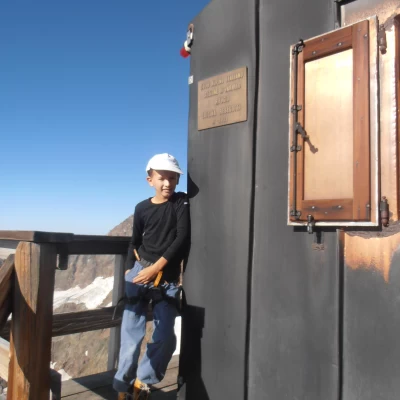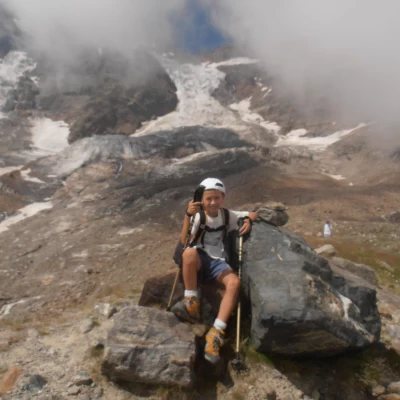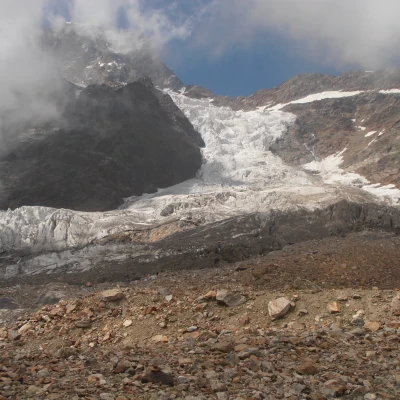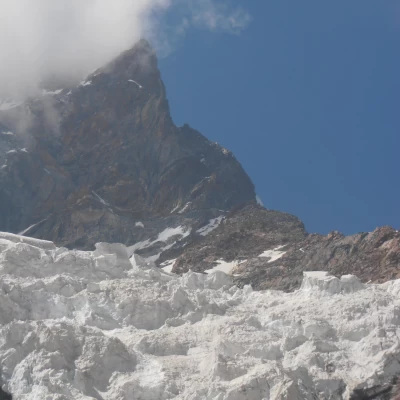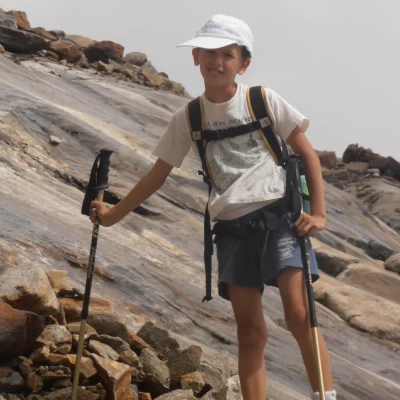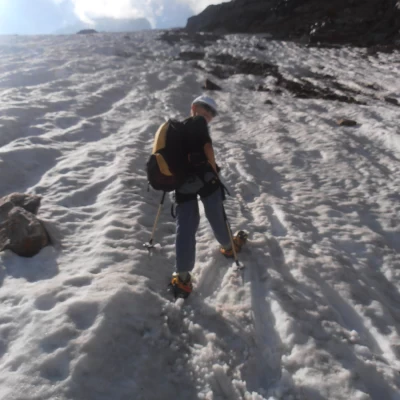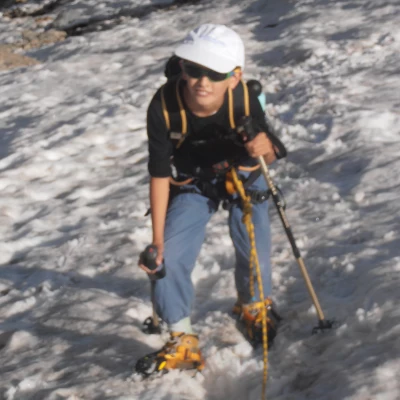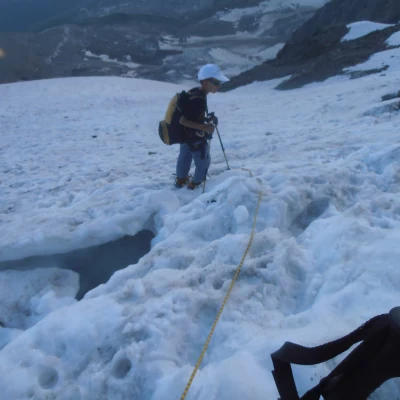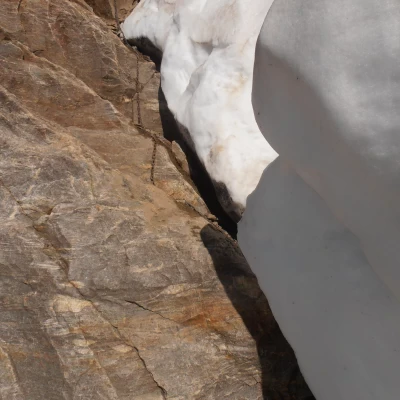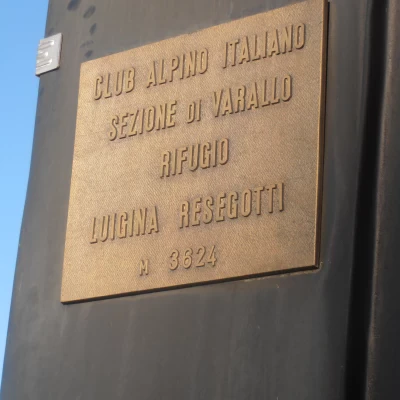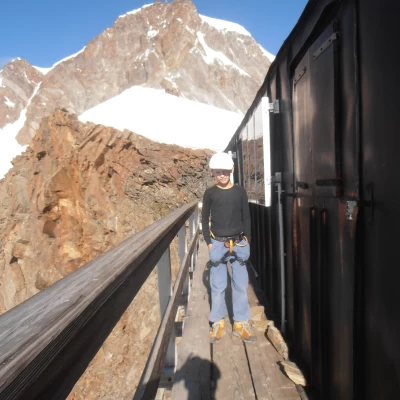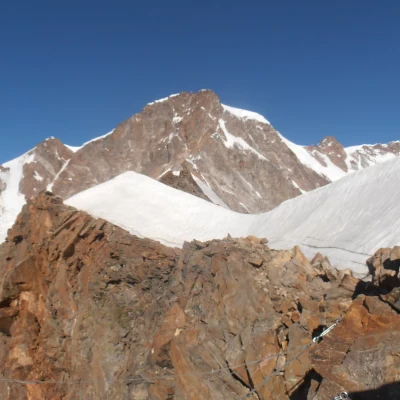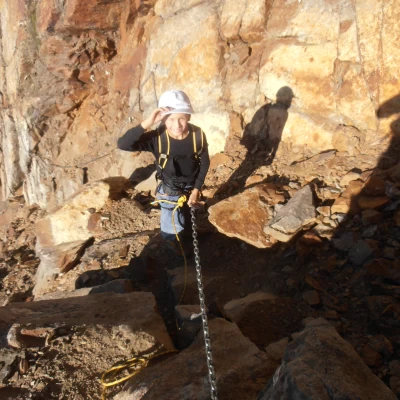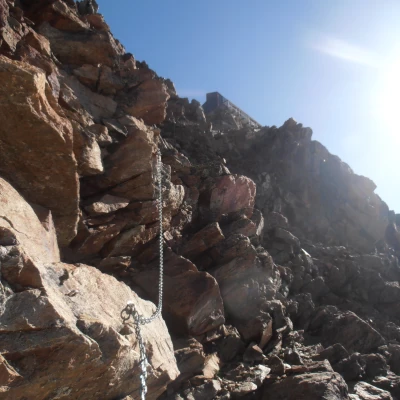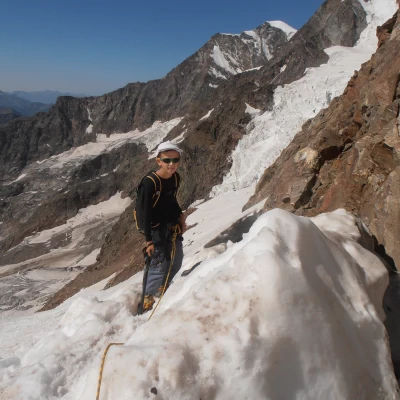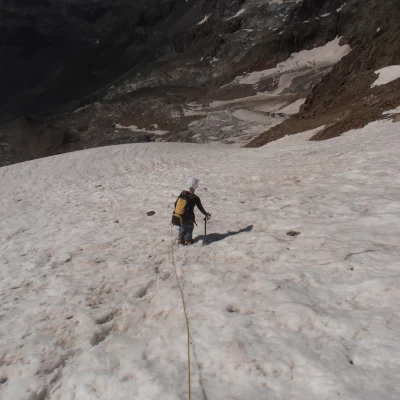Luigina Resegotti Bivouac, from Alagna Valsesia
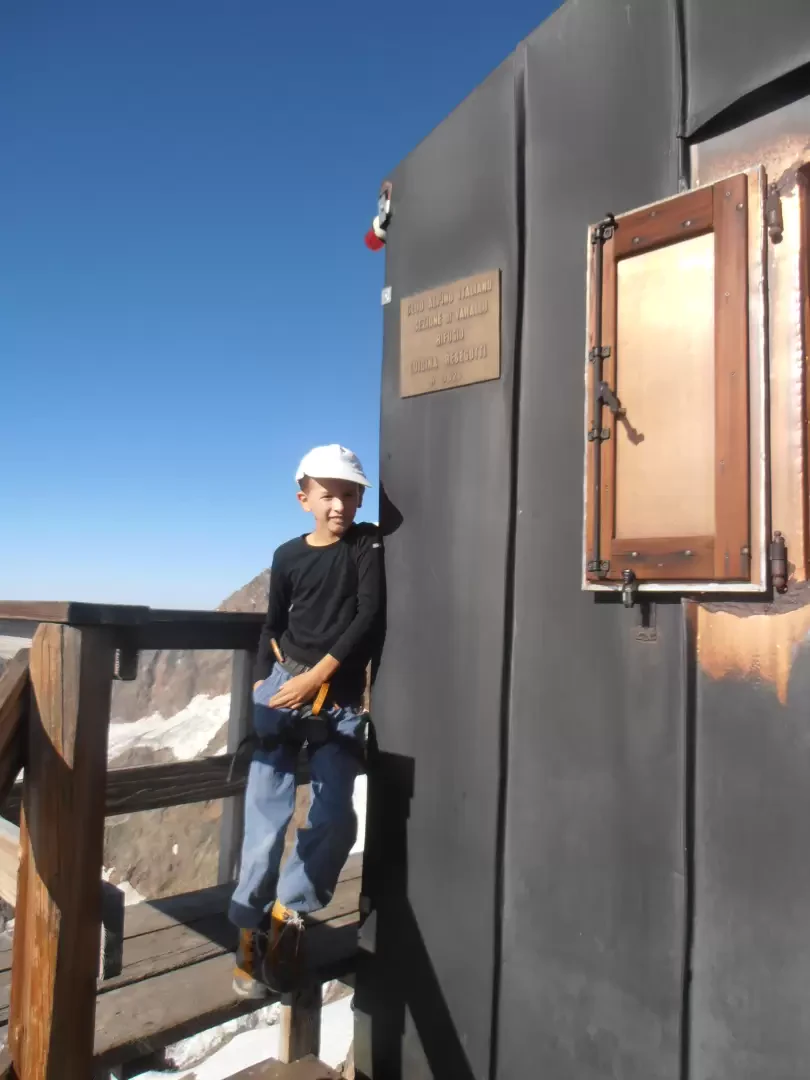
Description
Long but rewarding excursion into the heart of Monte Rosa. We are in the presence of Monte Rosa and its rock and ice peaks. We climb all the way up Valsesia until we reach the Walser village of Alagna Valsesia m. 1190, past Alagna we reach the Wold car park, where we must leave the car and continue on foot to the White Water waterfall or use the shuttle bus in the summer months. From the white water waterfall (1450 m) the path begins and is very crowded in the summer months due to the presence of the Pastore refuge (1575 m), a place for Sunday outings about 15 minutes away. The path passes through the woods and climbs very steeply and then becomes flat near the deviation for the Pastore refuge and the Crespi Calderoni refuge. 2250 that we reach on a nice path that after coming out of the wood climbs with long zig-zags and after about 1 hour and 45 minutes reaches the refuge that after some years of closure for renovation has reopened its doors making this route crowded. From behind the hut, a path starts, which with steep turns climbs up the grassy side of the moraine until it reaches a depression where the stony path begins. A grandiose high mountain environment, starting from the left we have the Colle Vincent with its imposing seraccata, the Parrot Peak, the Colle Sesia, the Punta Gnifetti where the Regina Margherita hut stands. The Cresta and Colle signal, the Punta Tre Amici where the Resegotti bivouac stands, the Colle delle Locce that connects Valsesia with the Macugnaga Valley and the Punta Grober. From this point, we ascend over stony ground and huge slabs polished by the glacier, following the numerous cairns until we reach the south glacier of Locce. From this point, putting on our crampons, we ascend the Vigne glacier, following the track more or less in the centre, which becomes steeper and steeper, in some places on live ice, until we reach the rocky face of Punta Tre Amici, where, having overcome the terminal crevasse by means of a solid snow bridge, we ascend by means of a ferrata to the bivouac. The bivouac is very comfortable and has two rooms, one a dormitory with 20 beds and the other with a table, a cooker with a gas cylinder, cooking equipment and a wood stove. Melting water. Strict but beautiful environment. Descent by the same route. Ascent about 7 hours and descent by the same route in about 6 hours. Ice axe and crampons required. Hiking to the top of the moraine then mountaineering.
.